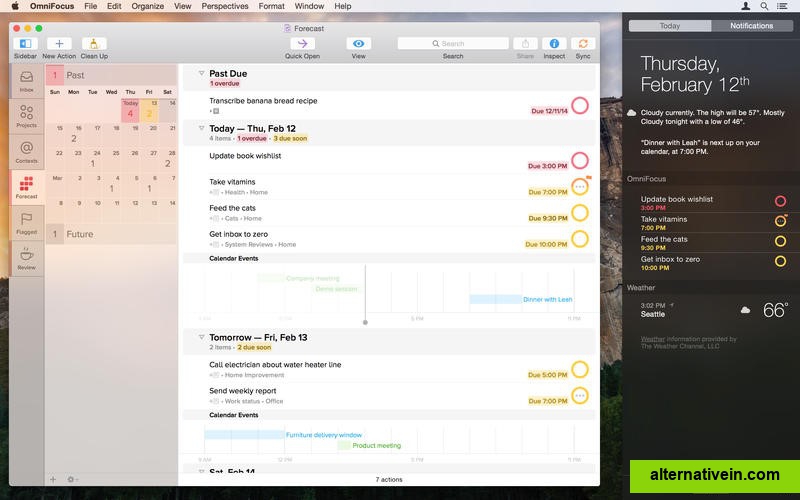

OMNIFOCUS TIME TRACKING HOW TO
I bought books and courses all about OmniFocus I learned how to use the tool in some fairly impressive ways. I felt like I could map my entire life into a series of projects with OmniFocus, I had a project for everything, and I mean everything. You could get a list of things you could do whilst in town when it was a weekend, and the same app would seamlessly show you tasks you could do only when you are sitting in front of a specific person within a particular context. OmniFocus was and still is a fantastic tool for tracking tasks across a range of projects and splitting them by contexts as fine-grained as you would like.

Thank goodness there was a tool that accurately mapped the methods espoused by Getting Things Done and worked on the Mac - enter OmniFocus.

Everything the book talked about clicked with me (except for the references around early 90’s corporate America!). Shortly around this time, and I’m sure because of someone else at the same company, I started getting into the book Getting Things Done by David Allen. Unless you want to keep separate pages or books for different parts of your life, you end up with some items stored there, some somewhere else. I quickly saw the limitation of a paper-based system there is too much work transferring old items into new pages. I couldn’t get enough of that method of tracking tasks something was compelling in the simplicity of pen and paper and, even though simple, kept me miles ahead of plenty of folks when it came to staying on top of things. He used boxes and symbols to represent tasks in their various states. It all started when I saw a notebook used by someone at the first company I worked for out of university. I’m now keeping minimal to-do items in Apple’s Reminders app, here is why.īefore I get into the detail, here is some history! I love to-do lists. I was a massive OmniFocus user and advocate for the better part of a decade.


 0 kommentar(er)
0 kommentar(er)
